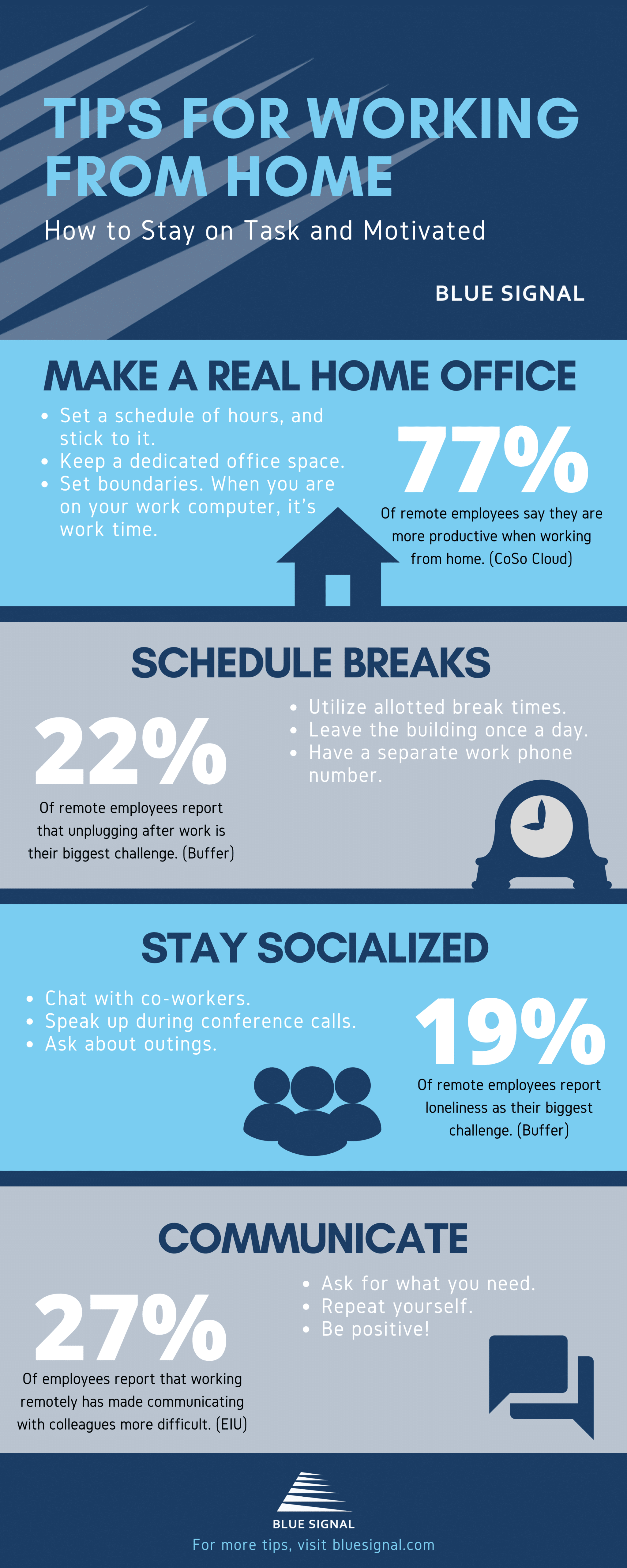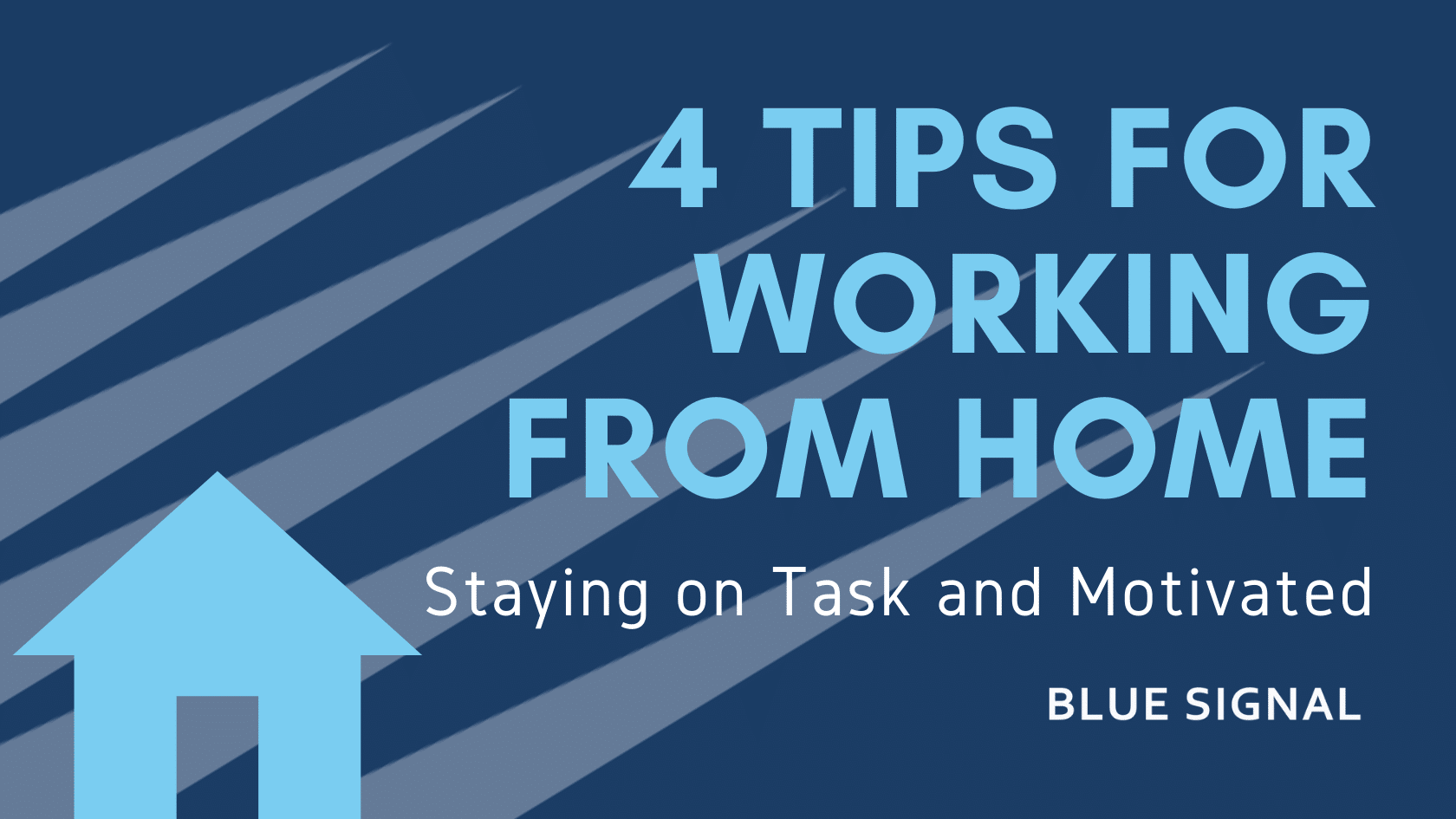With the recent COVID-19 pandemic, there has been a huge surge in remote work options. HQ offices are enforcing the shift, and people who are accustomed to office work, are now working from their homes. With this change in scenery, there will be a lot to learn and adjust to. In the following guide, we hope to help you navigate some of those challenges, by helping make your work from home experience more on task and productive.

1. Make a Real Home Office
The best way to make your home feel like the office is to enforce office rules! Set a schedule of hours, and stick to it. Just like you wouldn't be late to the office, log in on time. (Or early!) Ideally, keep a dedicated office space. If you have the space, or a spare room, work there. Try not to work in high-traffic areas like your kitchen. And finally, set boundaries for those around you. If you have kids home from school, or partners that are also WFH - make sure expectations are clear that when you are on your work computer, it's work time.
2. Schedule Breaks
Utilize your full company-allotted break times. Walk away from the computer screen and your phone to reset and take care of personal items. As is safe, leave your house during lunch. Make sure to leave the building once a day, whether that's weeding the garden or walking the dog. Fresh air helps! And, to safeguard that time away from your desk, have a separate phone number to maintain better work-life balance.
3. Stay Socialized
Use chat channels and video chats to stay socialized with co-workers. Even if you aren’t super extroverted in your communication style, use these applications at least once in a while to keep that channel open in case you need it down the line. When on conference calls, be sure to speak up so everyone knows you're there! It doesn’t even have to be work related - just saying “Hello!” and “Goodbye!” can be beneficial. Attend optional meetings for even more opportunities to socialize. And, if your WFH is more permanent, be sure to ask your manager about team building trips or supplemental training.
4. Communicate
Ask for what you need - you won't be productive without the proper equipment or if you are uncomfortable. Communicate your steps. Repeat yourself, keep your team updated on project completion, report when you are away, all of it. Err on the side of over-communicating so that your team knows your status. And finally, be positive! The less face time you get, the more people can miscommunicate tone. Use emojis, exclamation points, and kind words to make sure your tone comes across kindly. Chances are, your other remote coworkers are having a hard time adjusting too.
Always look on the positive side of things in times like this - your company being flexible and considering your health and safety as a top priority means you’re working for a company with its values well-aligned. Working from home can provide its challenges, but with the right toolset, you can set your career up for huge success. This is the way the market is leaning, with remote work having grown 400% since 2010. If you are in the market for a more flexible role, talk to one of our specialized recruiters today about your needs!

